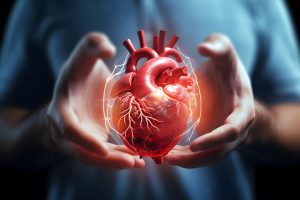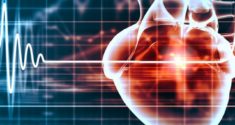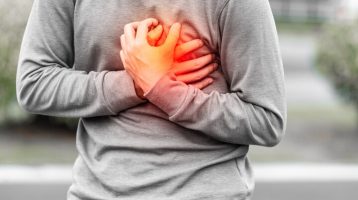The molecular mechanism responsible for the varying severity of heart attacks depending on the time of day has been uncovered by researchers at UTHealth Houston. This could pave the way for innovative treatments that adapt to the natural circadian rhythm. The results of the study were published in Nature.
How the Time of Day Affects the Severity of a Heart Attack
Previous research has shown that the severity of heart damage after an acute myocardial infarction, or heart attack, varies depending on the time of day, with morning heart attacks leading to more severe damage and poorer outcomes. However, the reasons for these differences were previously unclear. “If you have a heart attack in the morning, you are more likely to suffer fatal cardiac arrhythmias or heart failure and die. The question we asked ourselves was, ‘Why?’” said Dr. Holger Eltzschig, PhD, lead author and chair and professor of the Department of Anesthesiology, Critical Care, and Pain Medicine at UTHealth Houston’s McGovern Medical School.
The researchers identified an interaction between two proteins, BMAL1 and HIF2A, as a key factor in the time-of-day differences in the severity of heart damage after a heart attack. BMAL1 is a central protein in the circadian rhythm that is responsible for regulating biological processes such as sleep-wake cycles, metabolism, and hormone release. HIF2A helps the body adapt to hypoxia—low oxygen levels—by stimulating red blood cell production, promoting the growth of new blood vessels, and improving cell survival under oxygen-depleted conditions.Heart attacks occur when blood flow to the heart is blocked and the muscle begins to die due to lack of oxygen. The researchers discovered that this interaction between BMAL1 and HIF2A regulated the response of mouse heart cells to low oxygen levels after a heart attack, thereby modulating the heart’s response to the damage. In the preclinical study, the researchers found that heart attacks that occurred around 3 a.m. resulted in greater damage to the heart, including larger infarct size and an increased risk of heart failure. Heart attacks that occurred around 3 p.m. were less severe, and the heart was better able to adapt to the low oxygen levels and promote efficient healing.
Development of New Therapeutic Strategies
The research also revealed that the proteins BMAL1 and HIF2A target a specific gene, amphiregulin (AREG), which plays an important role in regulating the extent of heart damage throughout the day. By specifically targeting the BMAL1 and HIF2A-AREG signaling pathway with drugs, the researchers were able to achieve significant protection for the heart, especially when treatment was timed to coincide with the body’s circadian phase. According to Eltzschig, future clinical trials need to investigate whether timing treatment to the body’s internal clock can improve outcomes for patients. “This discovery opens new avenues for treating heart attacks by considering the timing of drug administration,” said Eltzschig, who is the John P. and Kathrine G. McGovern Distinguished University Chair at the McGovern Medical School.
“Our findings underscore the potential of using targeted drugs against these proteins to reduce the severity of heart attacks when administered at specific times. Similarly, patients undergoing heart surgery could benefit from such drugs, such as the hypoxia-inducible factor activator vadadustat, when administered prior to surgery.” The research team included Kuang-Lei Tsai, PhD, assistant professor, and Tao Li, PhD, postdoctoral fellow and co-first author, from the Department of Biochemistry and Molecular Biology at the McGovern Medical School. Using high-resolution cryo-electron microscopy, they were able to elucidate the detailed structural interactions between BMAL1 and HIF2A to support the future development of drugs that target the BMAL1-HIF2A complex. This work provided the first direct molecular evidence of their complex formation and yielded important insights that could guide the development of new therapeutic strategies, according to Eltzschig.








